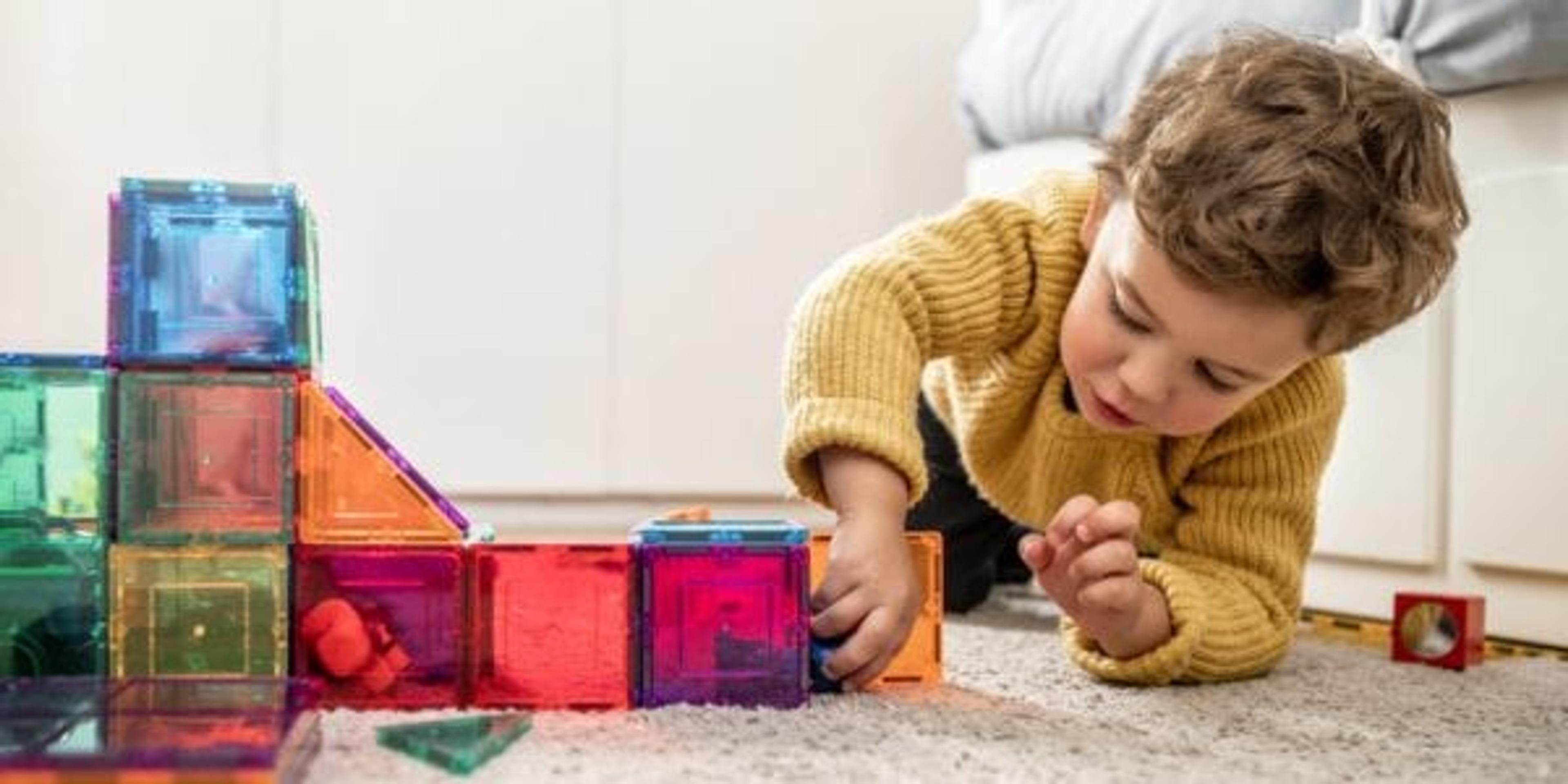Toy Safety 101: Kid-Friendly Checklist
A Healthier Michigan
| 2 min read

Toys are go-to items for children, especially on holidays and birthdays. Yet in 2020, more than 198,000 toy-related injuries were treated in U.S. emergency rooms. Of that group, 73% were children aged 12 and under.
All toys are not created equal. In fact, some have the potential to cause serious harm. To minimize risk, guidelines have been established to protect young users. These recommendations inform parents of hazards that may lead to injury or possibly death.
Before purchasing a new toy, ask the following questions:
Is it age appropriate?
Always check the outside label to ensure your child is the intended audience. All toys are not approved for all ages. Pay close attention to toddlers and infants, as they’re more vulnerable to injury.
Is it a choking hazard?
Young children may attempt to chew or swallow toy components. Small items that are loose or easily removed pose a serious threat. Avoid toys with hidden pieces such as screws, magnets, and marbles.
Is it toxic?
When reading labels, check each toy’s chemical properties. Make sure it’s safe for long-term exposure to skin and eyes. Toys may contain materials that are toxic or triggers for certain allergies. This can include BPA and PVC (commonly found in plastics), as well as latex, chlorine and in rare cases, lead.
Is it too bright/loud?
Vibrant colors and screeching sounds can be overwhelming. Some children may struggle and experience sensory overload. Choose toys with volume control that can be easily shut on or off.
Is it sharp?
Don’t buy toys with ridged or pointy edges. When exposed, children have a higher chance of cutting or scratching themselves. There’s also an increased risk of eye injury, which can lead to visual impairment.
Is it flammable?
Electric toys, especially those requiring an outlet, should be carefully monitored. Never allow a child to connect or disconnect a plug, as it may cause an electrical shock. Also, cords can become frayed, creating sparks and potential fires.
Please note:
These are general safety recommendations. Each child is unique, and parents should consider restrictions based on their individual needs/abilities.
Related:
Photo credit: Orbon Alija





